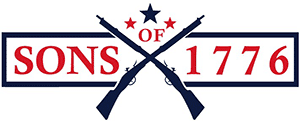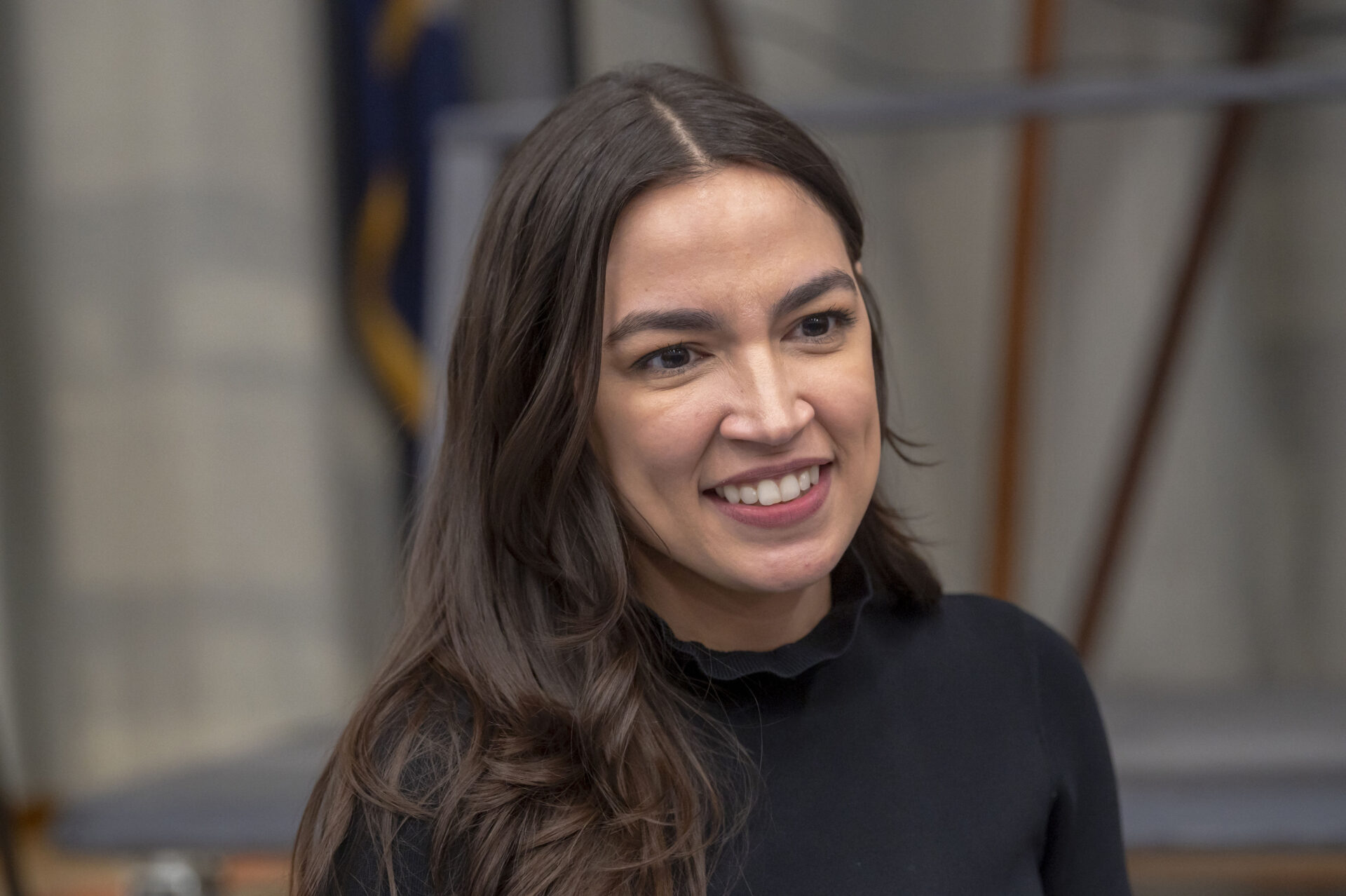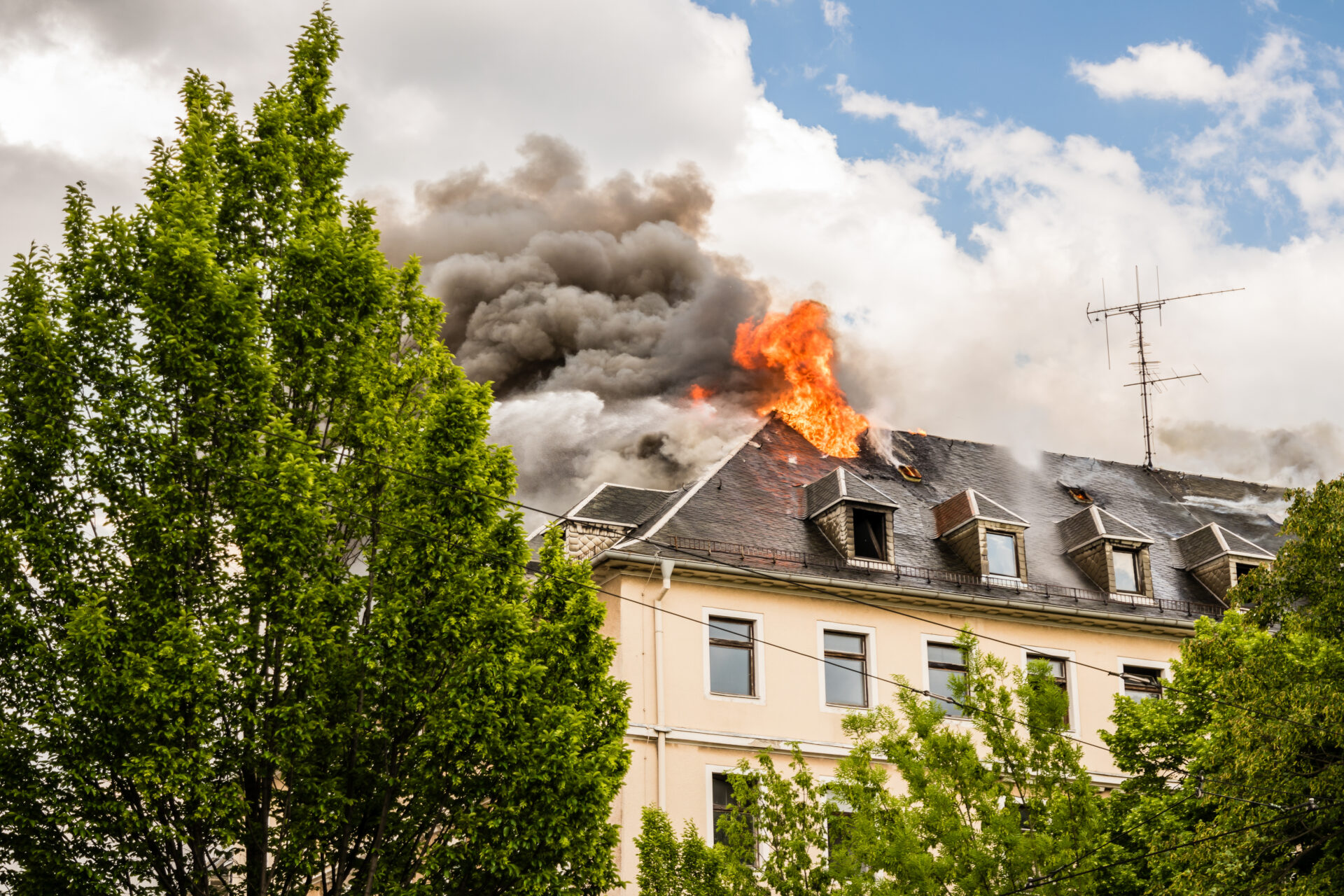Maryland’s U.S. Senate race is a tie between Angela Alsobrooks, the executive director of Prince George’s County, and former governor Larry Hogan (R-MD). Democrats have held both seats for almost 40 years.
A joint AARP poll by Fabrizio Ward (R) and Impact Research (D) found that Hogan and Alsobrooks both got 46% of the vote in the Old Line State.
Hogan, a moderate Republican who is a harsh critic of former President Donald Trump, is getting 83 percent of Republican votes and a lot of support from Democrats as well. A large 26% of Democrats asked prefer him to Alsobrooks, who is Vice President Kamala Harris’s mentee.
Since Maryland is a “heavy blue” state, Hogan needs a lot of Democratic support to win in November.
Hogan is making it hard for Alsobrooks to get votes from independents. Five hundred fifty-five percent of this group backs the former governor, which is 23 percentage points more than their Democratic opponent, who only gets 324 percentage points from independents.
There is a big difference between how many Marylanders back each candidate across almost all age groups. Between 18 and 34-year-old supporters, Hogan has a ten-point lead (50% to 40%). When it comes to Alsobrooks, though, people aged 35 to 49 break for him 53% to 40%.
People aged 50 to 64 are 13 points more likely to vote for Hogan than Alsobrooks (52% to 39%), but Alsobrooks has an eight-point edge among people aged 65 and up.
Hogan joined the Republican primary race very late; he announced his run just hours before the deadline in February. The fact that he is running and showing how strong he is is a problem for Democrats because it means they have to protect more Senate seats that are close races.
Democrats will have to spend more money on Alsobrooks than they probably thought before Hogan joined the race. This helps Republicans in all Senate swing states, such as Ohio, Pennsylvania, Montana, and Arizona, to name a few.
Since 1987, when Sen. Charles M. Mathias Jr. left office, Maryland has not had a Republican in the U.S. Senate.
The poll took place from August 14–20, 2024, and the Baltimore Banner seems to have been the first to write on it. With a four-point error range, the sample of 600 probable voters is pretty accurate.





![[Watch] Top Democrat Admits What No One Else Will](https://www.sonsof1776.com/wp-content/uploads/Depositphotos_294909958_XL.jpg)
